Mannerism is an artistic movement that began in Italy and spread throughout Europe in the 16th Century. It had a major impact on painting, and influenced sculpture and architecture as well. The movement emerged during the height of the Renaissance, when the Roman Catholic Church was under fire, long wars were the norm, and Protestantism was spreading throughout Europe.
The term Mannerism was used to describe art that did not conform to nature – a break from the style of the early Renaissance. The new approach sought to reflect the manners, or style, of the grand masters. Practitioners exaggerated features employed by Michelangelo, Raphael and Leonardo da Vinci, cramming their own works with numerous subjects. These new artists favored vivid color combinations over realism.
The first Mannerist works appeared in Florence around 1520 when artists such as Pontormo and Rosso Fiorentino began to copy the styles of acknowledges masters. But their works abandoned the symmetry, perspective and proportion venerated in Renaissance painting, striving for dramatic effect instead.
Mannerism spread throughout Italy and Europe. Artists created painstakingly crafted works that displayed extraordinary detail. In the second half of the 16th Century, Mannerism started to probe the unusual and fantastic, resulting in relatively bizarre artworks. The personalities behind Mannerism interpreted their common principles in diverse ways.
The subjects of Pontormo’s works were suspended in a space devoid of perspective. He liked to use light, unnatural colors. Rosso Fiorentino and Parmigianino painted deformed faces and bodies. Bronzino excelled in paintings that emphasized his subjects' social station over individual personality. Light is the protagonist in Veronese's bright paintings, while Tintoretto used warm colors to depict dramatic scenes.
Writer, painter and architect Vasari designed and built important structures in Florence. Cellini and Giambologna's sculptures reflected Mannerism’s quest to refine technique. Outside Italy, the painter El Greco led the Mannerism movement in Spain, while the Fontainbleau School flourished in France.
During its day, Mannerism was viewed as vacuous and decadent. But in the 20th Century, critics came to see it as a precursor to modern art, elevating “art for art’s sake” above the call to merely imitate nature.
The term Mannerism was used to describe art that did not conform to nature – a break from the style of the early Renaissance. The new approach sought to reflect the manners, or style, of the grand masters. Practitioners exaggerated features employed by Michelangelo, Raphael and Leonardo da Vinci, cramming their own works with numerous subjects. These new artists favored vivid color combinations over realism.
The first Mannerist works appeared in Florence around 1520 when artists such as Pontormo and Rosso Fiorentino began to copy the styles of acknowledges masters. But their works abandoned the symmetry, perspective and proportion venerated in Renaissance painting, striving for dramatic effect instead.
Mannerism spread throughout Italy and Europe. Artists created painstakingly crafted works that displayed extraordinary detail. In the second half of the 16th Century, Mannerism started to probe the unusual and fantastic, resulting in relatively bizarre artworks. The personalities behind Mannerism interpreted their common principles in diverse ways.
The subjects of Pontormo’s works were suspended in a space devoid of perspective. He liked to use light, unnatural colors. Rosso Fiorentino and Parmigianino painted deformed faces and bodies. Bronzino excelled in paintings that emphasized his subjects' social station over individual personality. Light is the protagonist in Veronese's bright paintings, while Tintoretto used warm colors to depict dramatic scenes.
Writer, painter and architect Vasari designed and built important structures in Florence. Cellini and Giambologna's sculptures reflected Mannerism’s quest to refine technique. Outside Italy, the painter El Greco led the Mannerism movement in Spain, while the Fontainbleau School flourished in France.
During its day, Mannerism was viewed as vacuous and decadent. But in the 20th Century, critics came to see it as a precursor to modern art, elevating “art for art’s sake” above the call to merely imitate nature.
RELATED
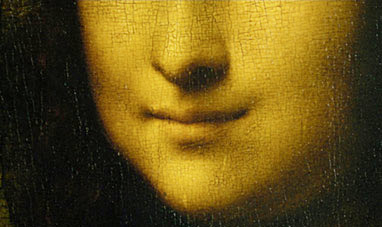

THE MONA LISA
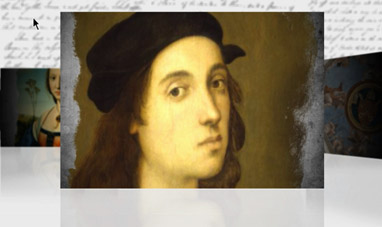

RAPHAEL
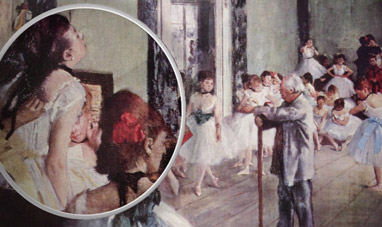

THE DANCE CLASS
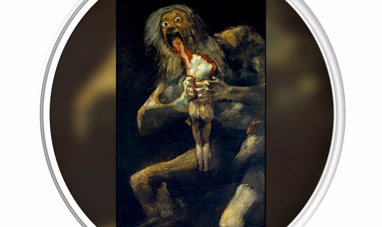

SATURN DEVOURING HIS SON


GIOTTO-S-FRESCOES-IN-THE-ASSISI-CATHEDRAL


BAROQUE
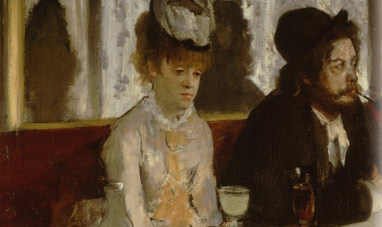

L'ABSINTHE
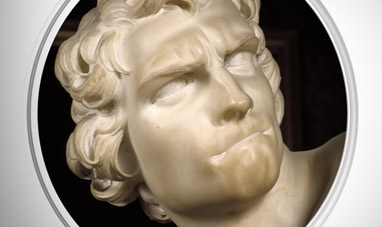

DAVID (BERNINI)
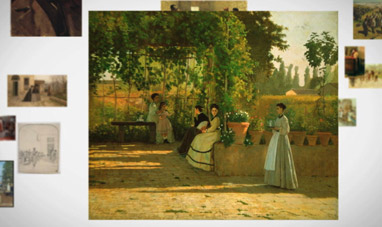

THE MACCHIAIOLI
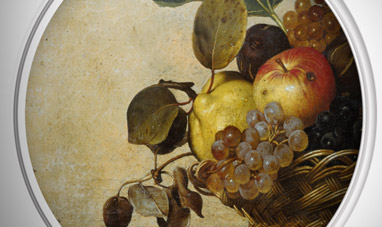

BASKET OF FRUIT
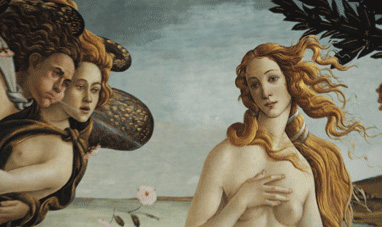

THE RENAISSANCE
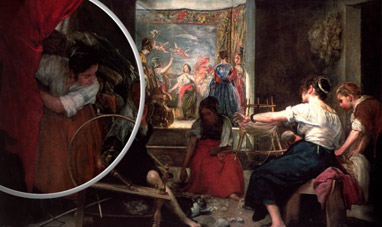

LAS HILANDERAS


DAVID (MICHELANGELO)
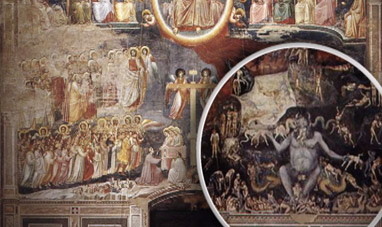

SCROVEGNI CHAPEL
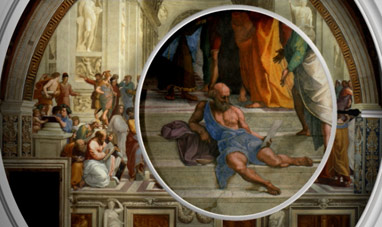

THE SCHOOL OF ATHENS
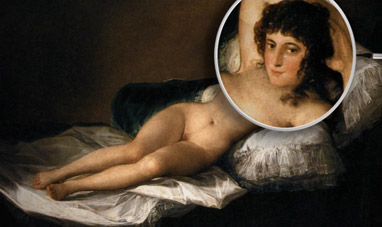

THE NUDE MAJA
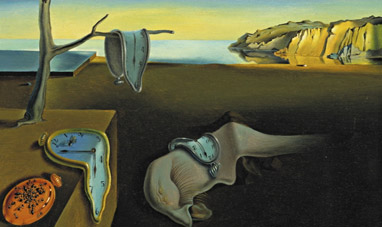

THE PERSISTENCE OF MEMORY


MADONNA OF THE GOLDFINCH
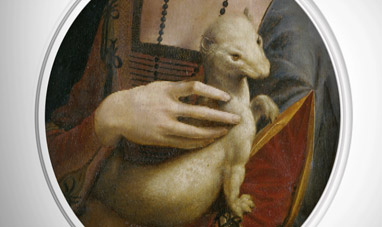

LADY WITH AN ERMINE
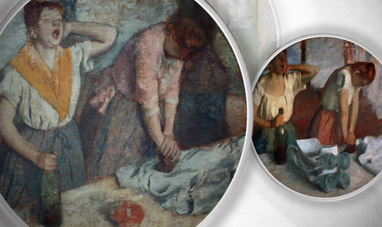

WOMEN IRONING
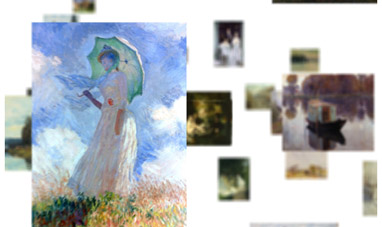

IMPRESSIONISM


THE SISTINE CHAPEL
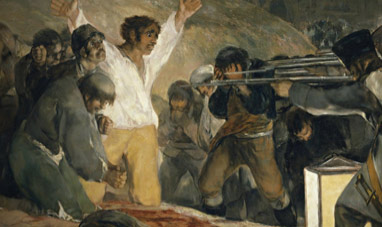

THE THIRD OF MAY 1808: THE EXECUTION OF THE DEFENDERS...
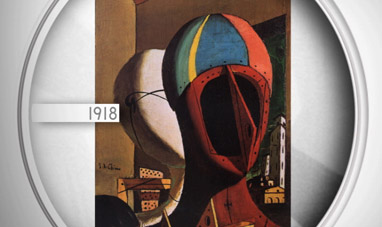

DISQUIETING MUSES
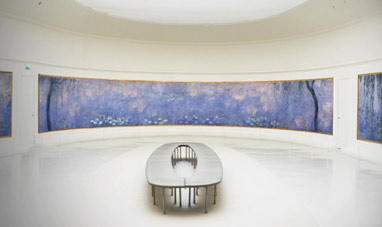

WATER LILIES (SERIES)
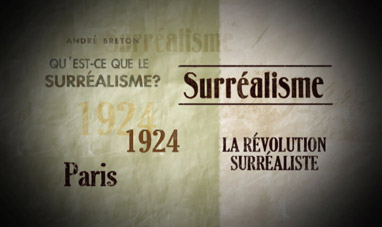

SURREALISM
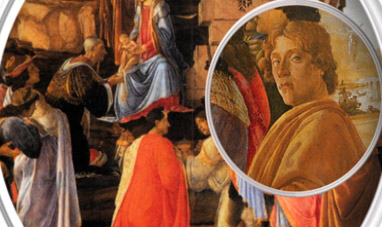

THE ADORATION OF THE MAGI
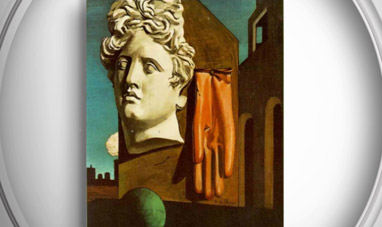

LOVE SONG


DREAM CAUSED BY THE FLIGHT OF A BEE AROUND A...
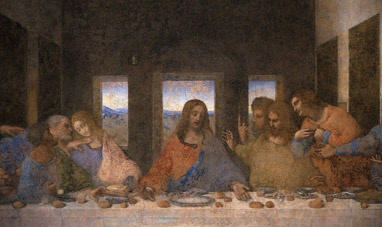

THE LAST SUPPER
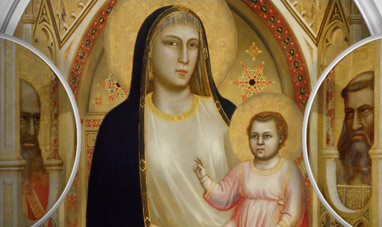

THE MADONNA DI OGNISSANTI


THE THREE GRACES
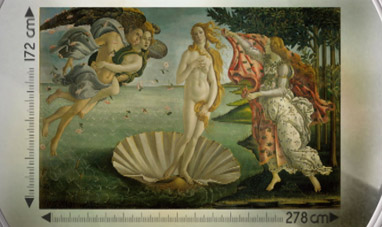

THE BIRTH OF VENUS
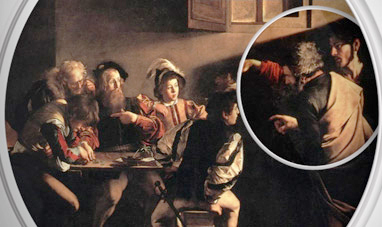

THE CALLING OF ST. MATTHEW
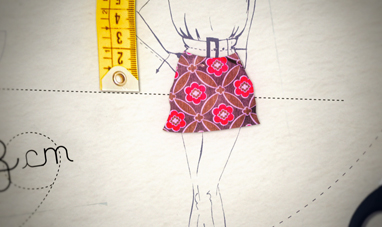

MINISKIRT


YOUNG BOY WITH A BASKET FRUIT
